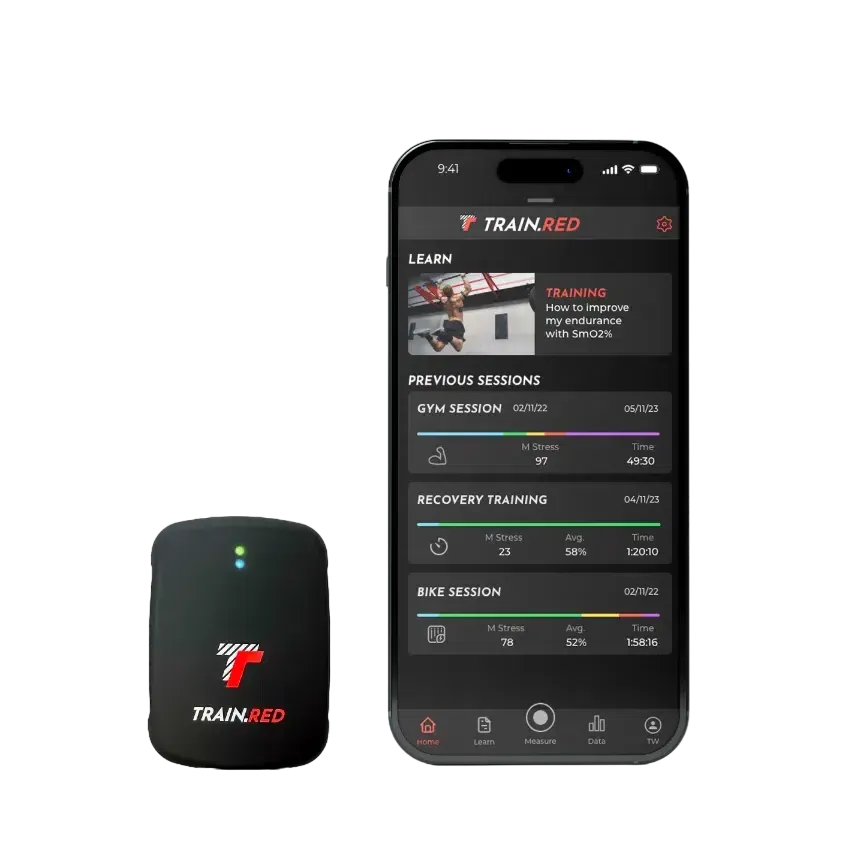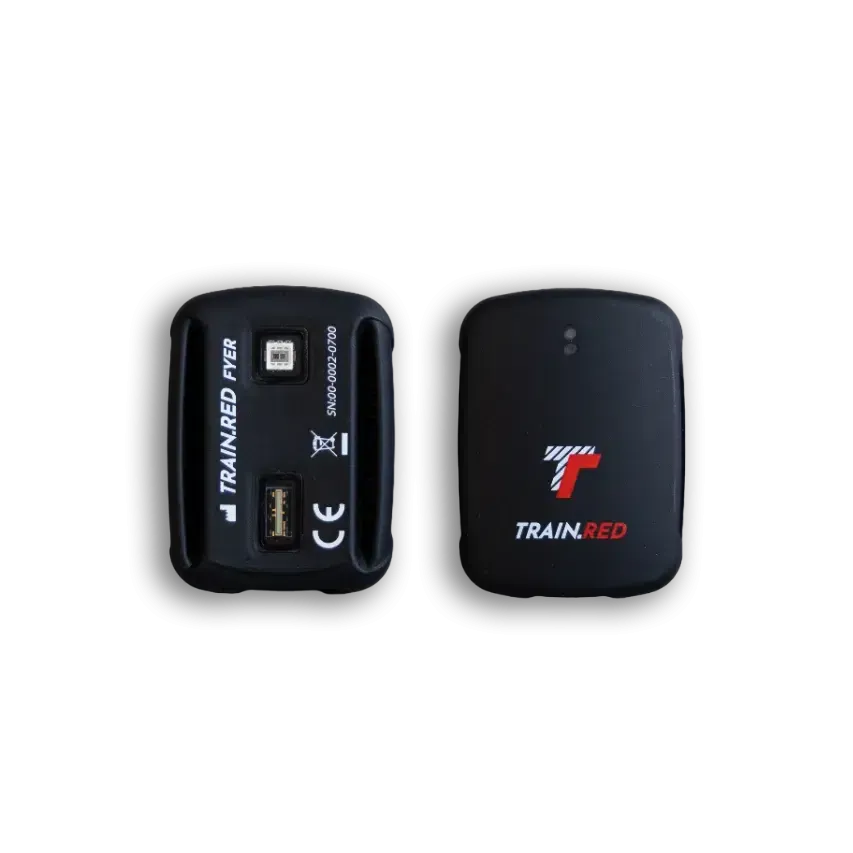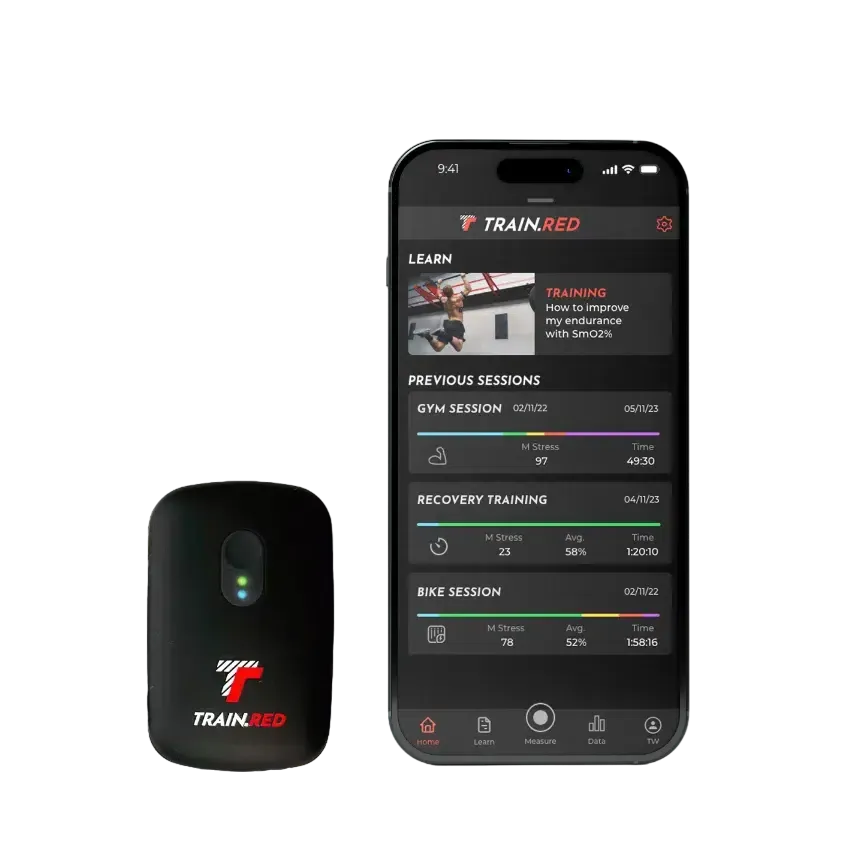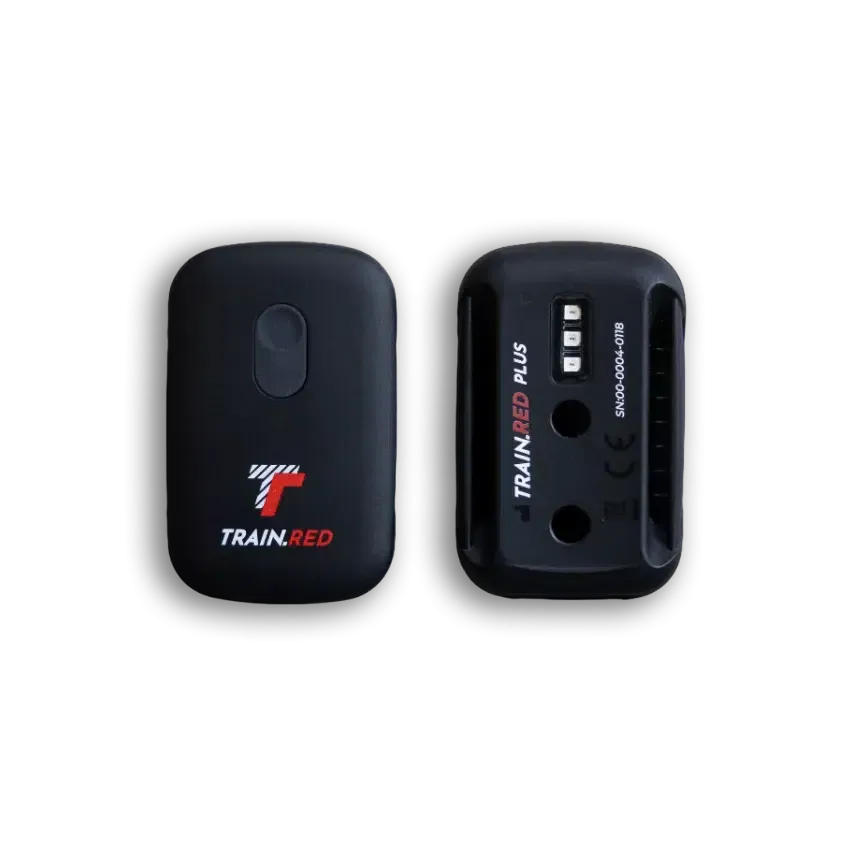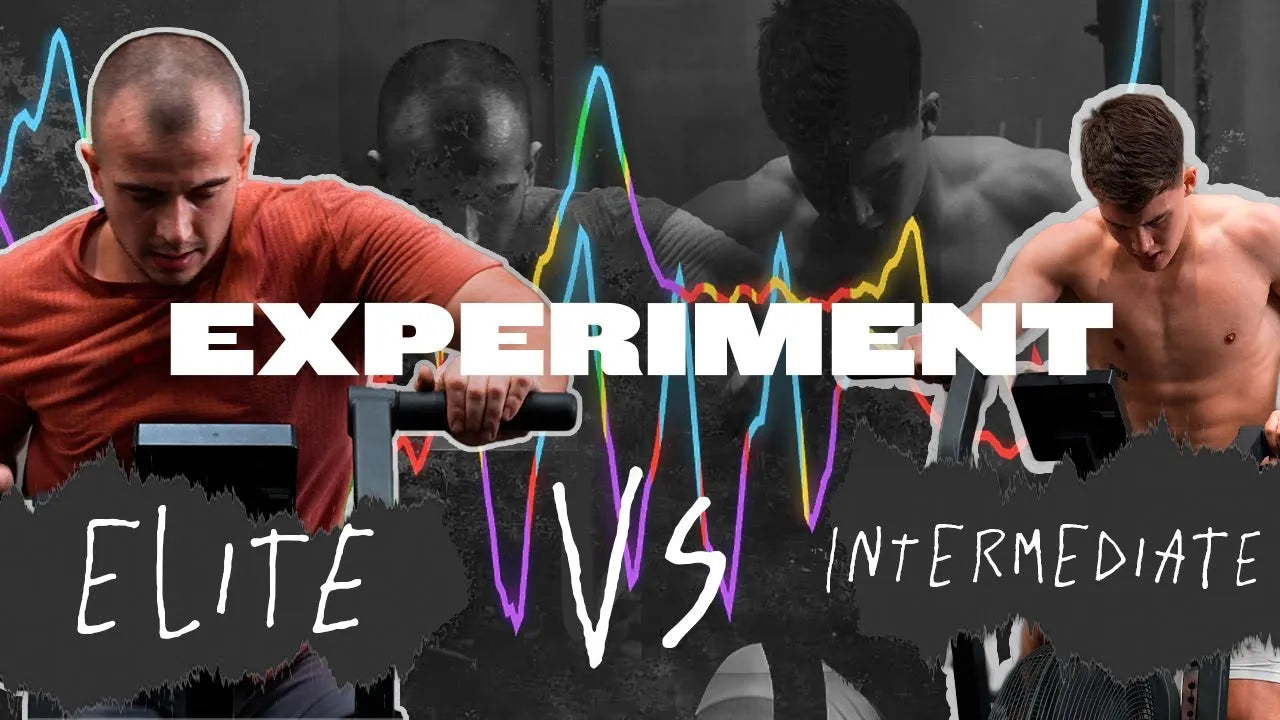
In an experiment with The Progrm, Train.Red's Muscle Oxygen Sensors have unveiled a deeper understanding of the physiological differences between athletes of varying levels. By equipping...
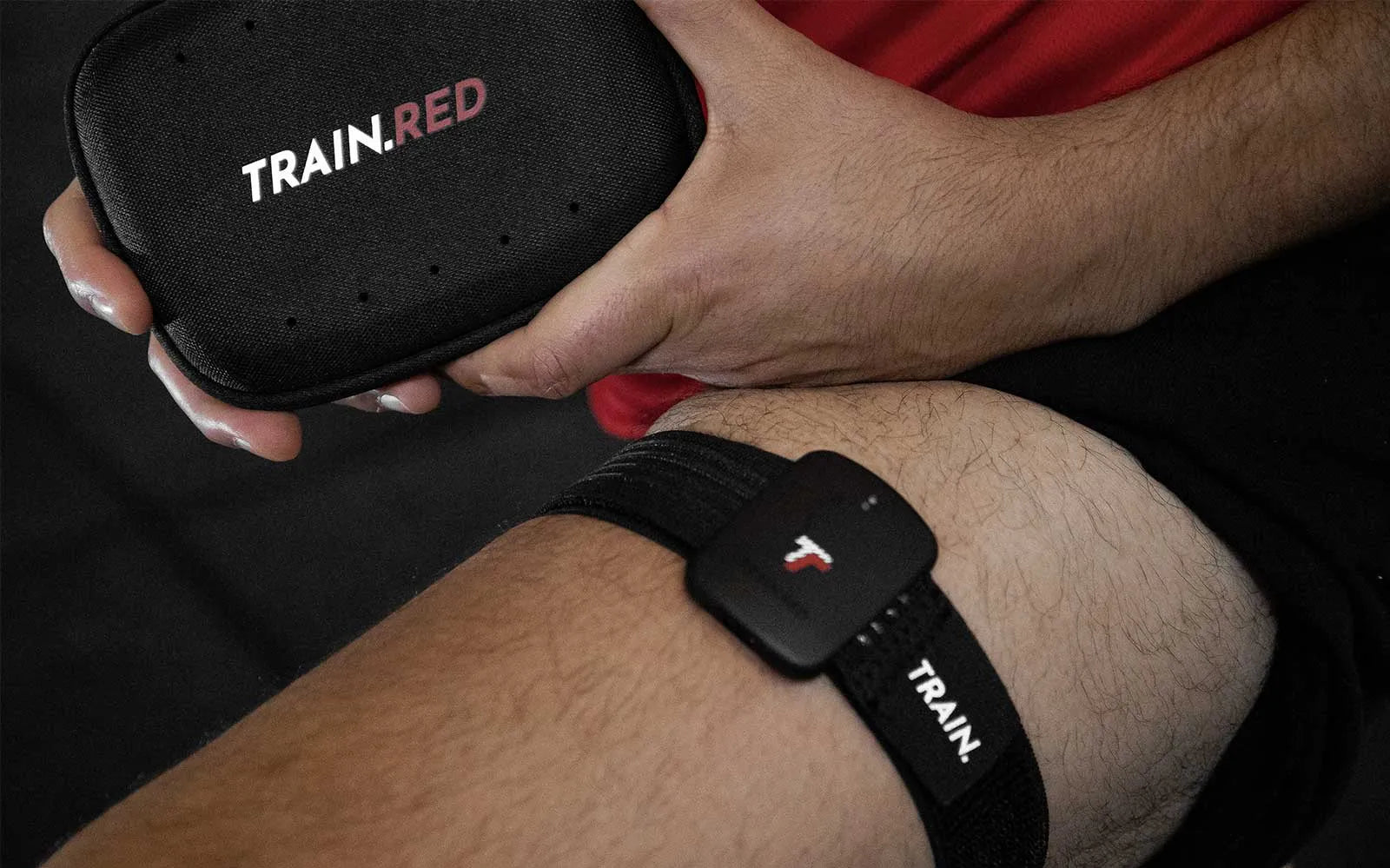
Unlocking Athletic Potential: The Role of Oxygen in Muscle Contraction
Muscle contractions are fundamentally influenced by oxygen. Whether you're a professional athlete or just someone who likes to stay active, knowing how oxygen affects muscle function will help you...

How to Assess Performance Improvement in a Cycling Ramp Test with Muscle Oxygen Data
While cycling is captivating to watch, it's also accessible for everyone to enjoy and improve their well-being. Serious cyclists target specific races, preparing with intense training and recovery ...
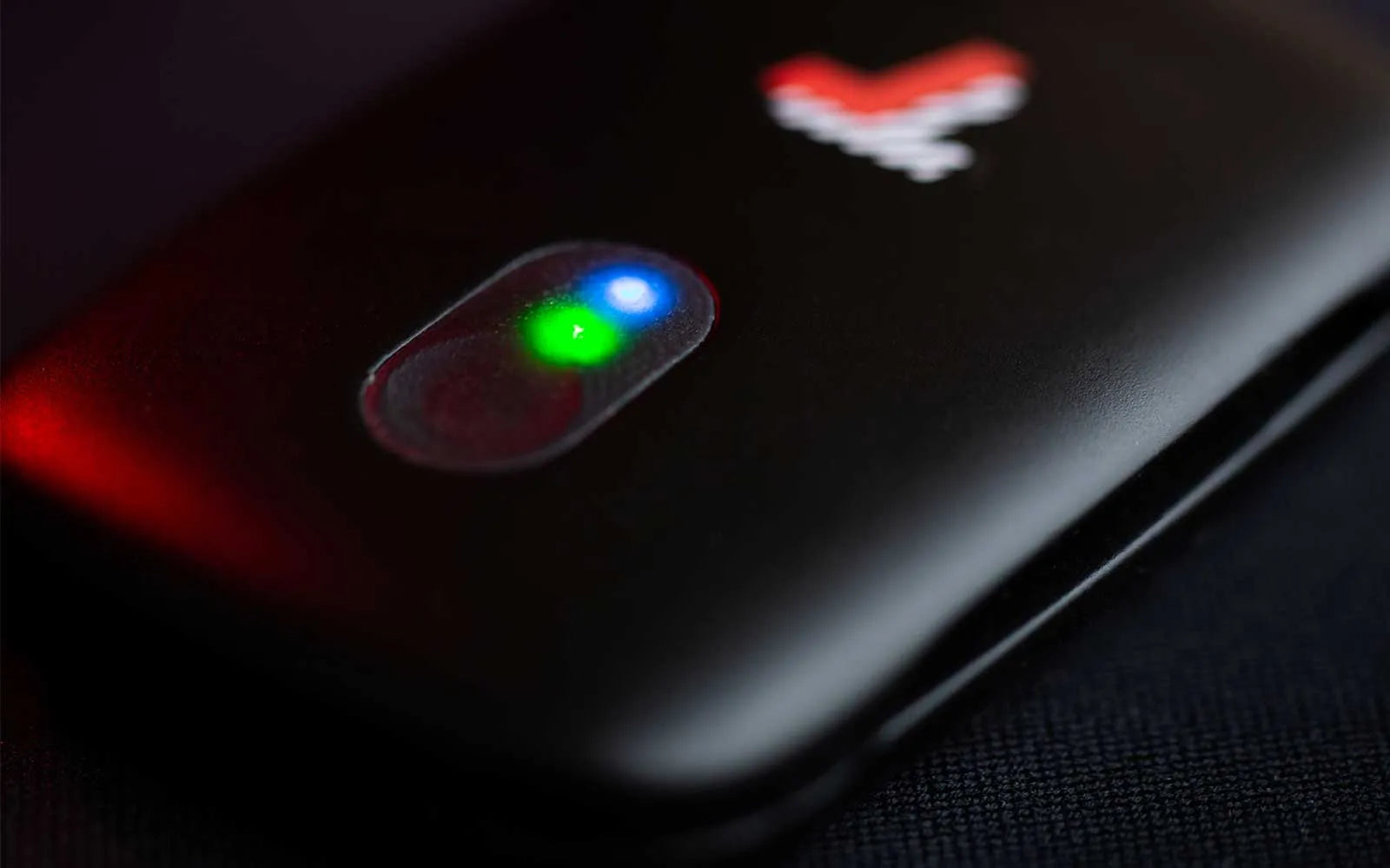
Measure Your Muscle Fatigue with Muscle Oxygen Sensors
In the world of sports and fitness, understanding the limits of our bodies is crucial for achieving peak performance. One key factor that often hinders athletes and fitness enthusiasts alike is mus...
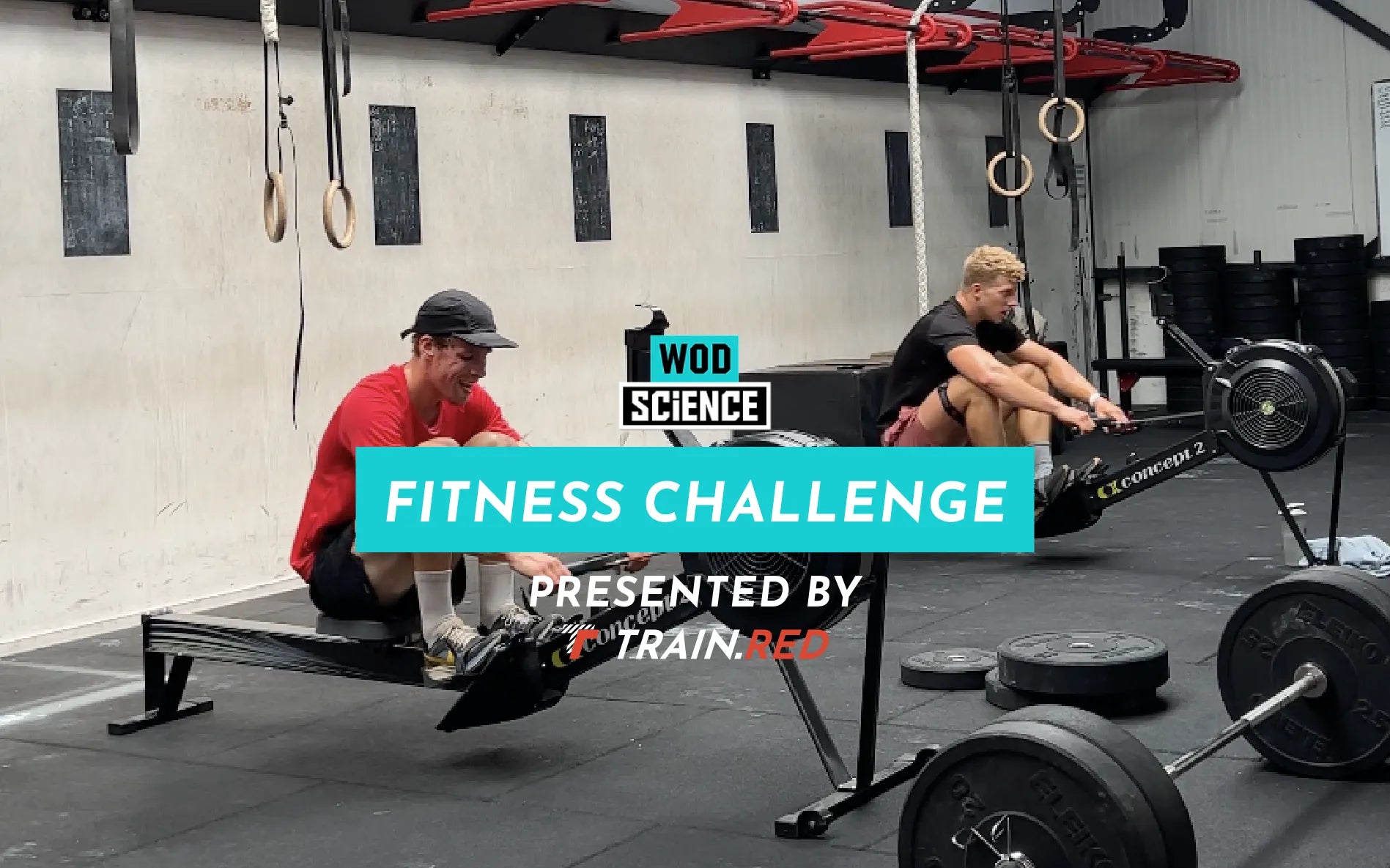
WOD_science Fitness Challenge: Triathlete or CrossFitter - Who's the Champ?
Welcome to the WOD_science Fitness Challenge! It's time to witness a thrilling showdown between two exceptional athletes - a triathlete and a CrossFit athlete. In this blog post, we'll compare thei...

Muscle Oxygen Sensors versus a Heart Rate Sensor: Why Muscle Oxygen is the Best Option
Athletes and fitness enthusiasts frequently use wearable technology to track their training and progress as they work to improve their performance. Heart rate monitors and muscle oxygen sensors ar...
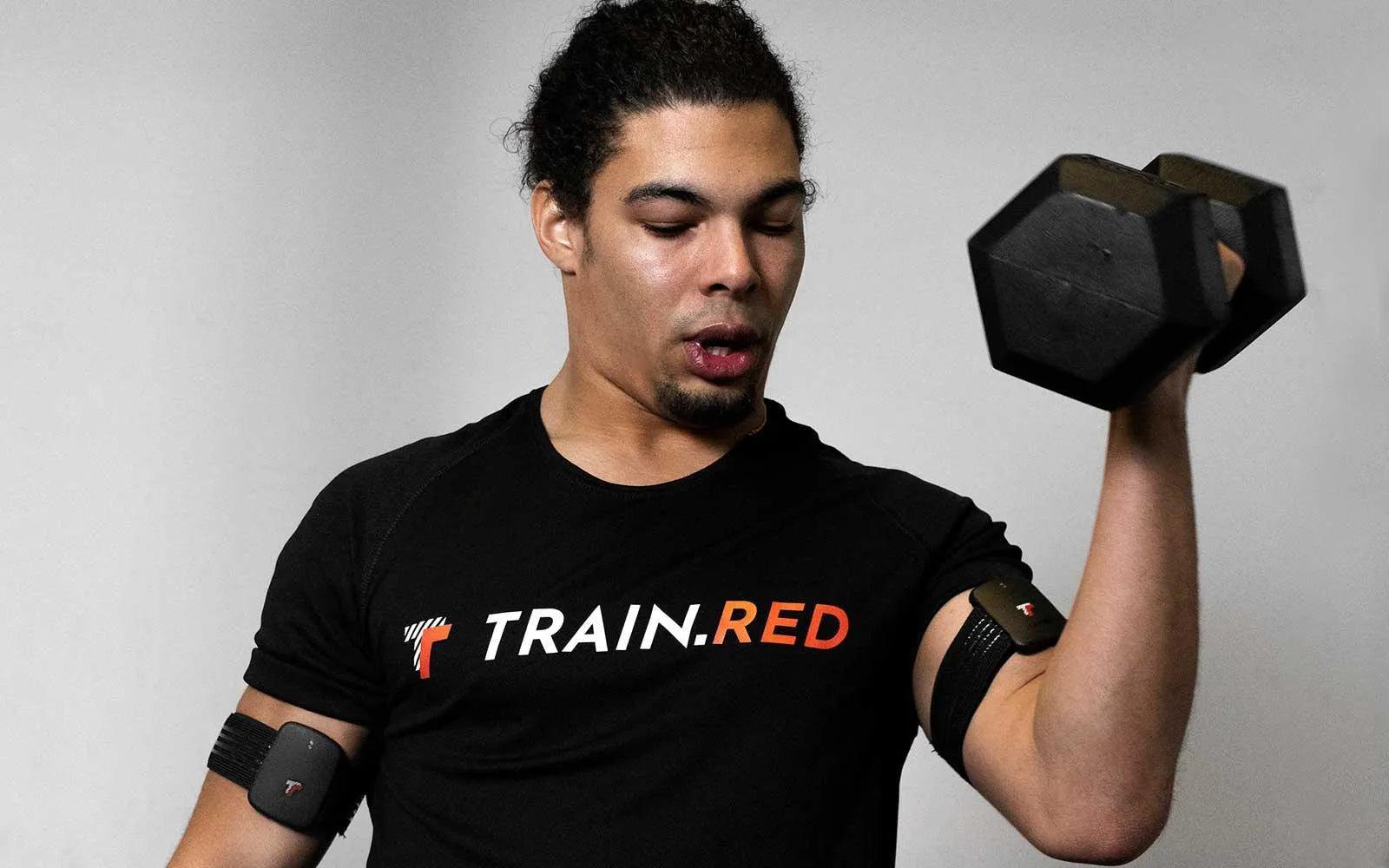
Benefits of Muscle Oxygen Sensors for Sports: Monitoring Performance and Improving Endurance
Muscle oxygen sensors are non-invasive wearable devices that assess oxygen saturation in muscles, providing valuable data for athletes. These sensors work by measuring the concentration of oxygenat...
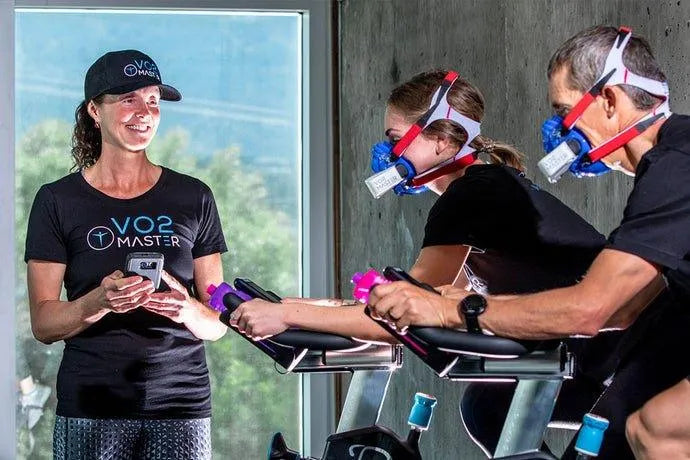
Achieve your Personal Best train with VO2 Master and Train.Red
VO2Master and Train.Red have partnered to enhance athletes' performance improvement by utilizing technology and data. VO2Master measures the volume of oxygen consumed by the body, providing insight...
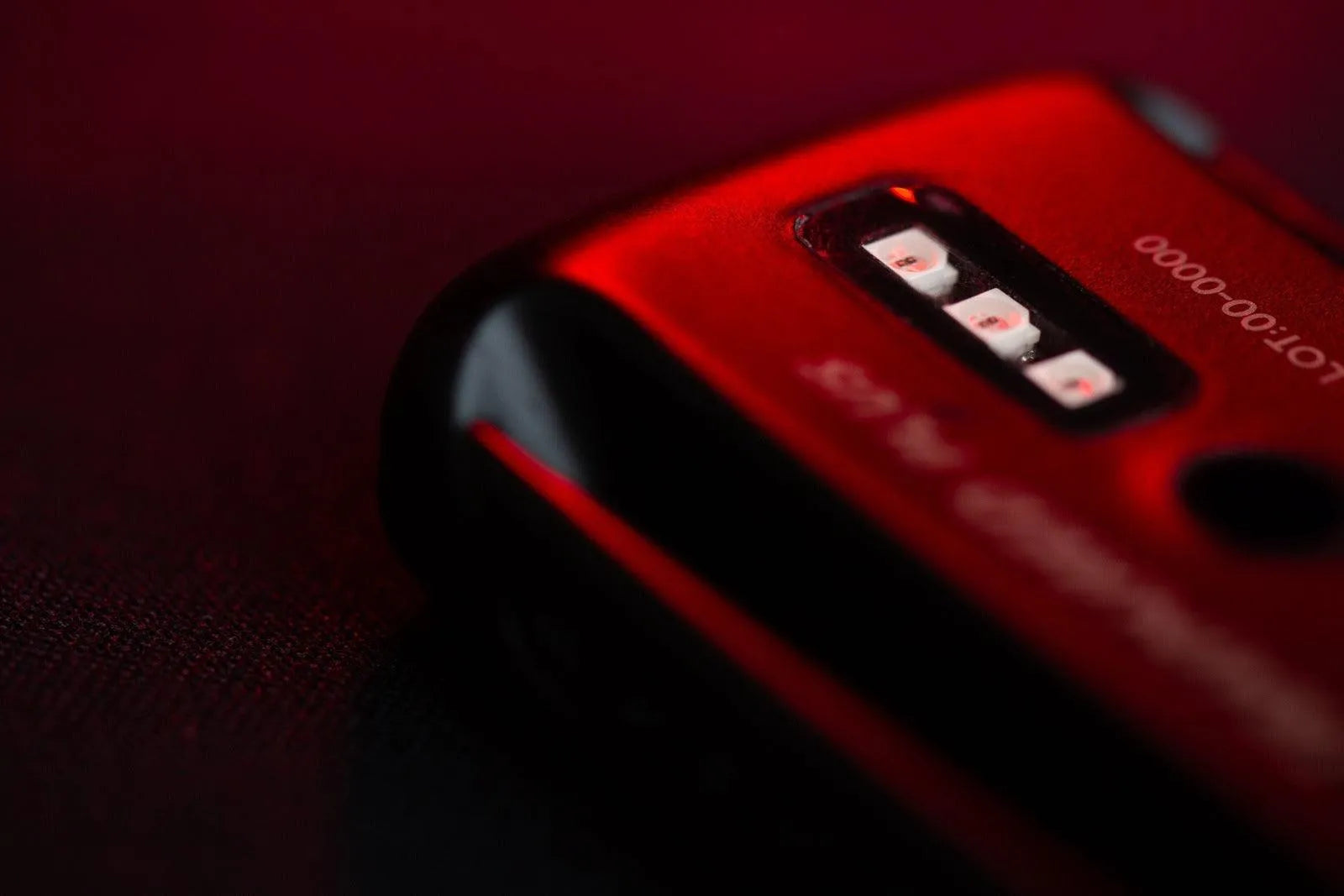
How do Train.Red NIRS devices work?
Train.Red utilizes infrared light in the near-infrared region to measure changes in oxygenation levels in the muscle tissue. By distinguishing between oxyhemoglobin and deoxyhemoglobin based on the...

